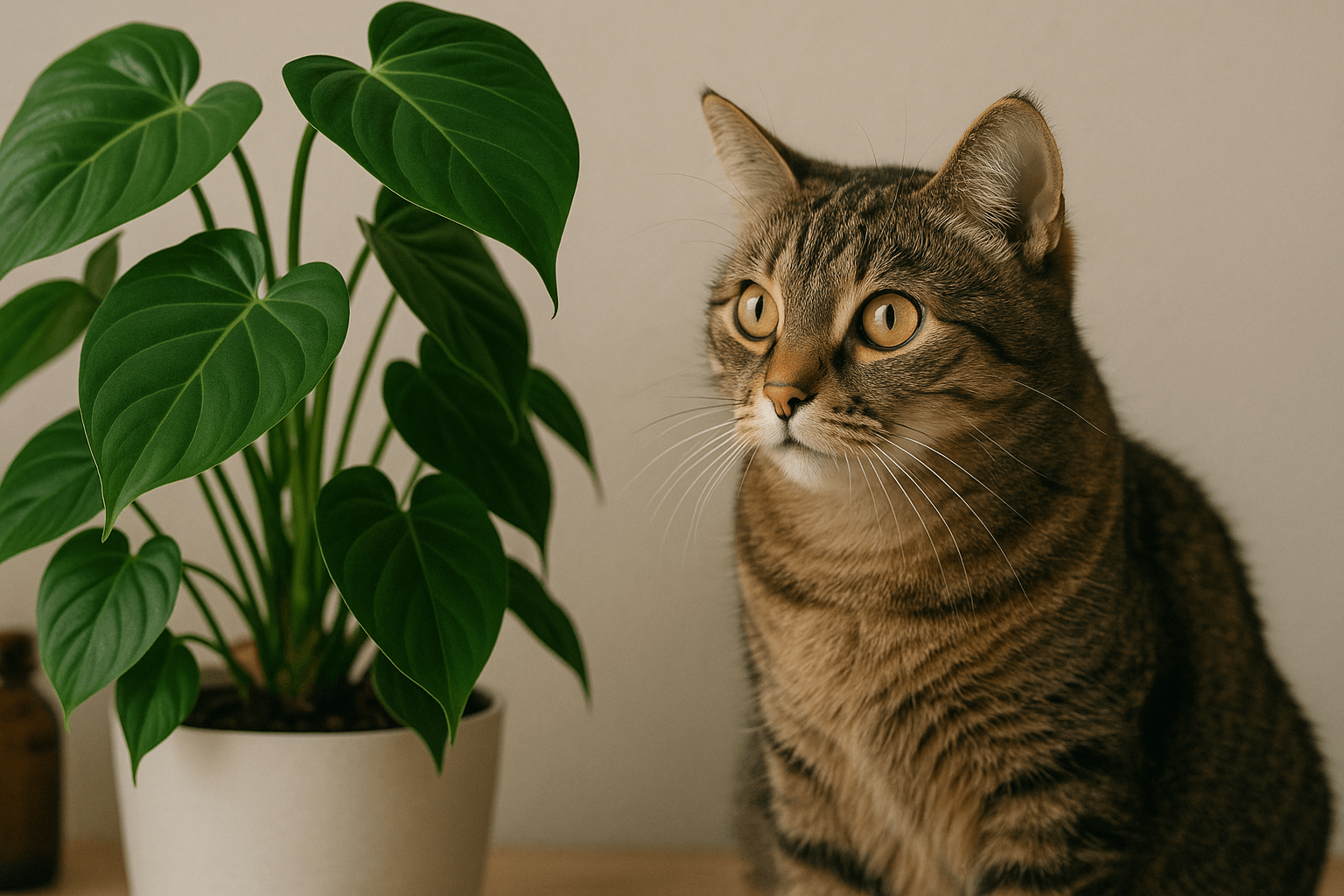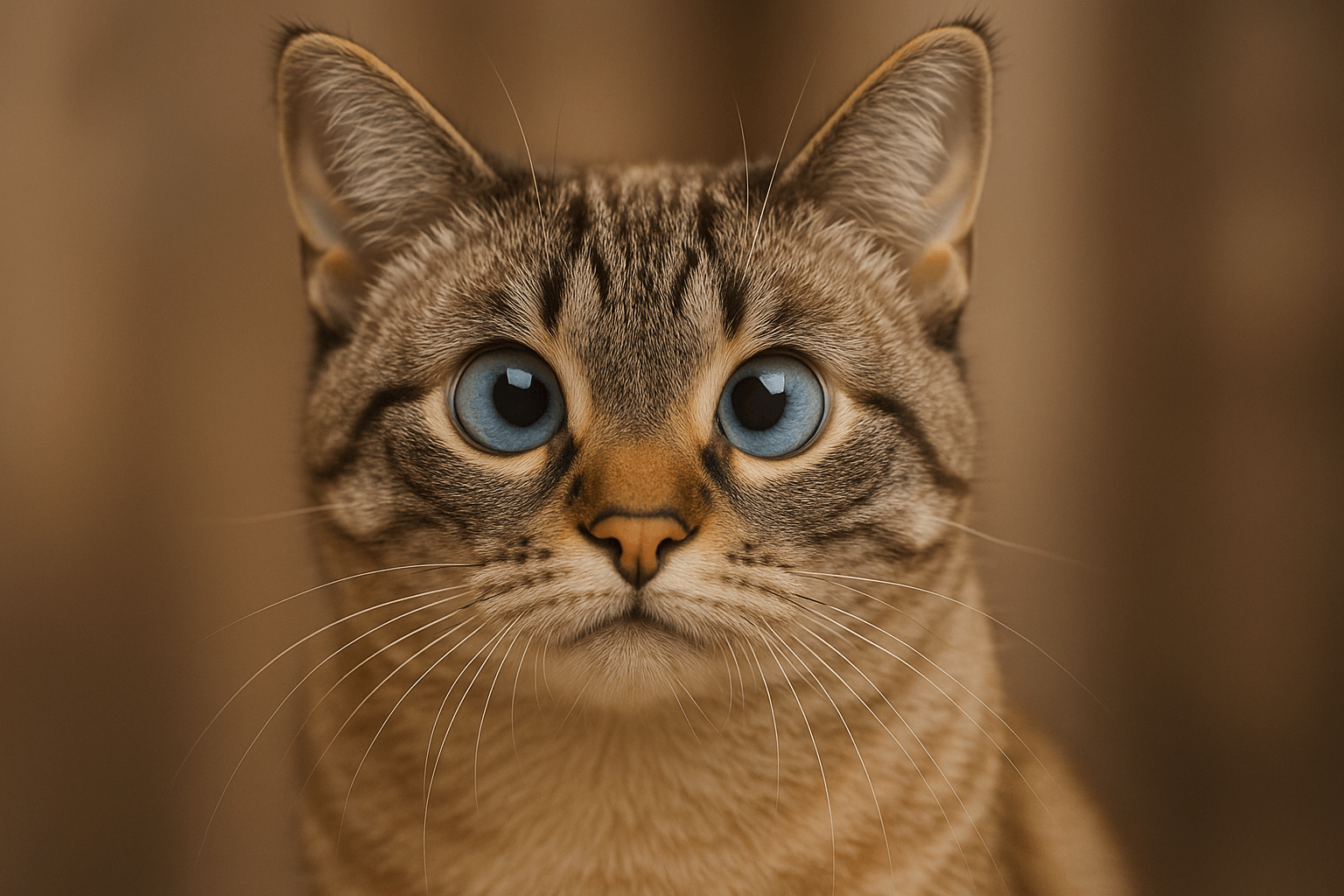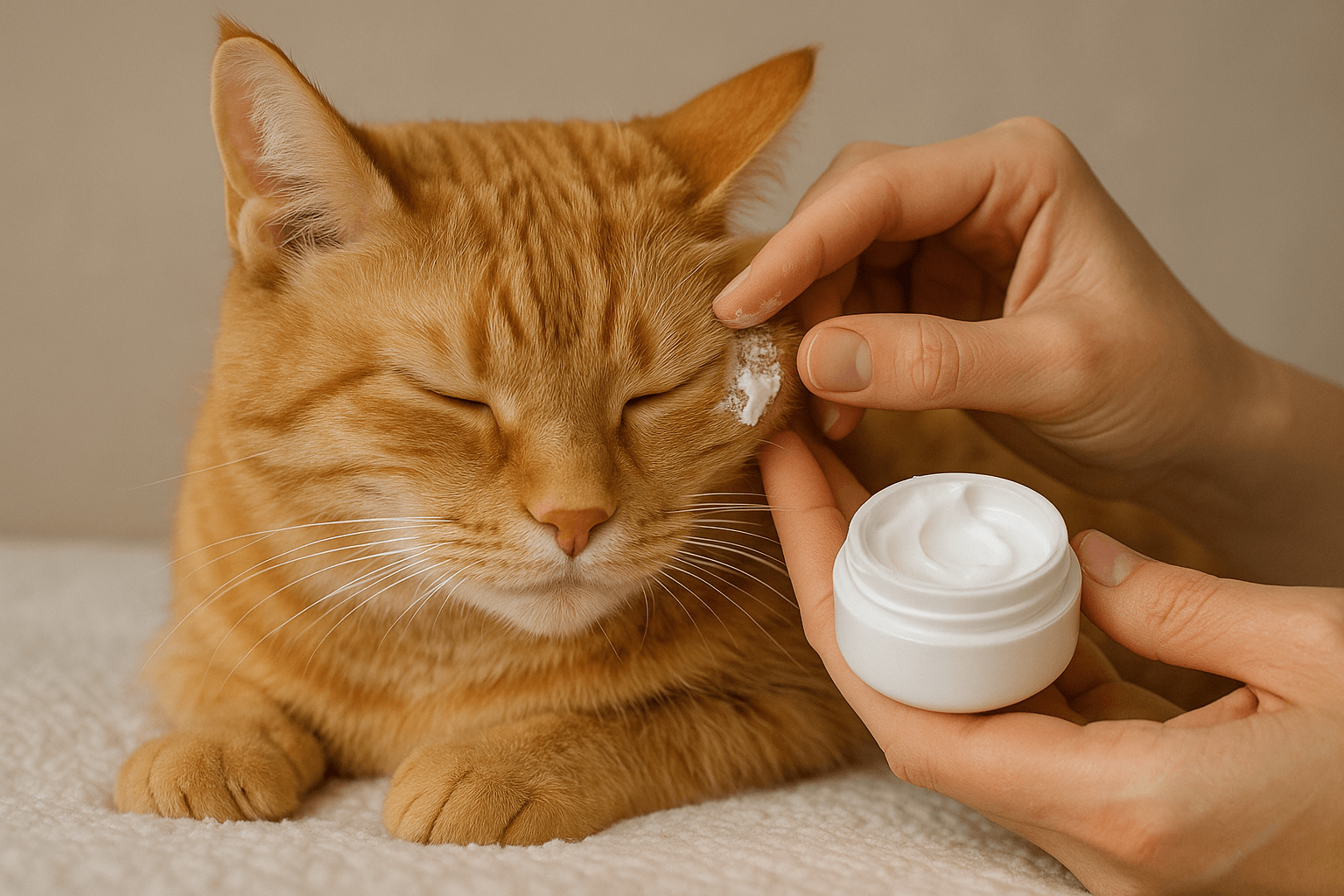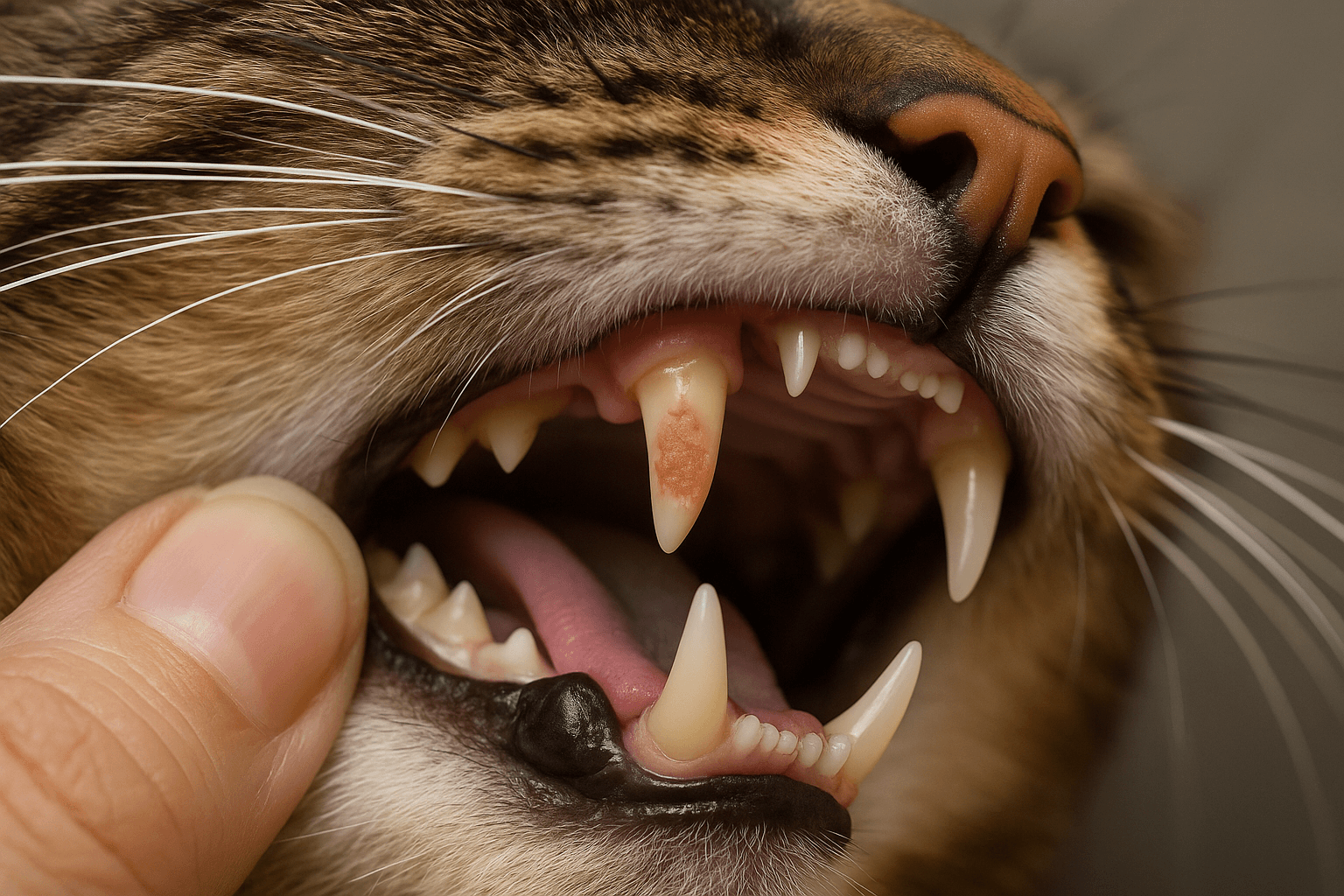Can Cats Eat Cotton Candy?
Cats are curious creatures, and their fascination with human food often leads pet owners to wonder what’s safe for them to eat. One such question that arises is whether cats can eat cotton candy. This sugary treat may look harmless, but its ingredients and texture raise important concerns about feline health. While cotton candy might seem like a fun snack to share, it’s crucial to understand how it affects your cat’s digestive system, overall well-being, and dietary needs. In this blog post, we’ll explore everything you need to know about cats and cotton candy, including potential risks, safer alternatives, and tips for keeping your feline friend healthy and happy.
Why Cotton Candy Is Harmful to Cats
While cotton candy might be a delightful indulgence for humans, it poses several risks to cats due to its high sugar content and artificial additives. Understanding these dangers can help you make informed decisions about your pet’s diet.
High Sugar Content:
Cats lack the ability to process sugar effectively, and consuming sugary foods can lead to obesity, diabetes, and other health issues.Artificial Colors and Flavors:
Many cotton candies contain synthetic additives that can irritate your cat’s stomach or even be toxic in large amounts.Choking Hazard:
The fluffy texture of cotton candy can clump together in your cat’s mouth or throat, posing a choking risk.Digestive Upset:
Cotton candy is not part of a cat’s natural diet, and eating it can cause vomiting, diarrhea, or other gastrointestinal problems.Lack of Nutritional Value:
Cotton candy offers no nutritional benefits for cats, making it an empty-calorie snack that provides no health advantages.
These risks highlight why cotton candy should never be considered a safe treat for your feline companion.
Signs Your Cat May Be Affected by Cotton Candy
If your cat accidentally consumes cotton candy, it’s important to monitor them closely for any adverse reactions. Here are some signs that indicate they may be experiencing discomfort or illness.
Vomiting or Diarrhea:
These symptoms suggest that your cat’s digestive system is struggling to process the sugary treat.Lethargy or Weakness:
A sudden lack of energy could indicate that your cat is feeling unwell after consuming something harmful.Excessive Drooling:
Drooling may occur if the cotton candy causes irritation in your cat’s mouth or throat.Loss of Appetite:
Refusing to eat is a common sign of digestive distress or discomfort in cats.Behavioral Changes:
Unusual behaviors like pacing, hiding, or vocalizing excessively may signal discomfort or pain.
Recognizing these signs early allows you to seek veterinary care promptly and prevent further complications.
Check this guide 👉Can Cats Eat Chicken Skin? Best 7 Expert Tips!
Check this guide 👉Can Cats Eat Raw Chicken Liver? Best 7 Expert Tips!
Check this guide 👉Can Cats Eat Orchids? Best 7 Expert Tips!
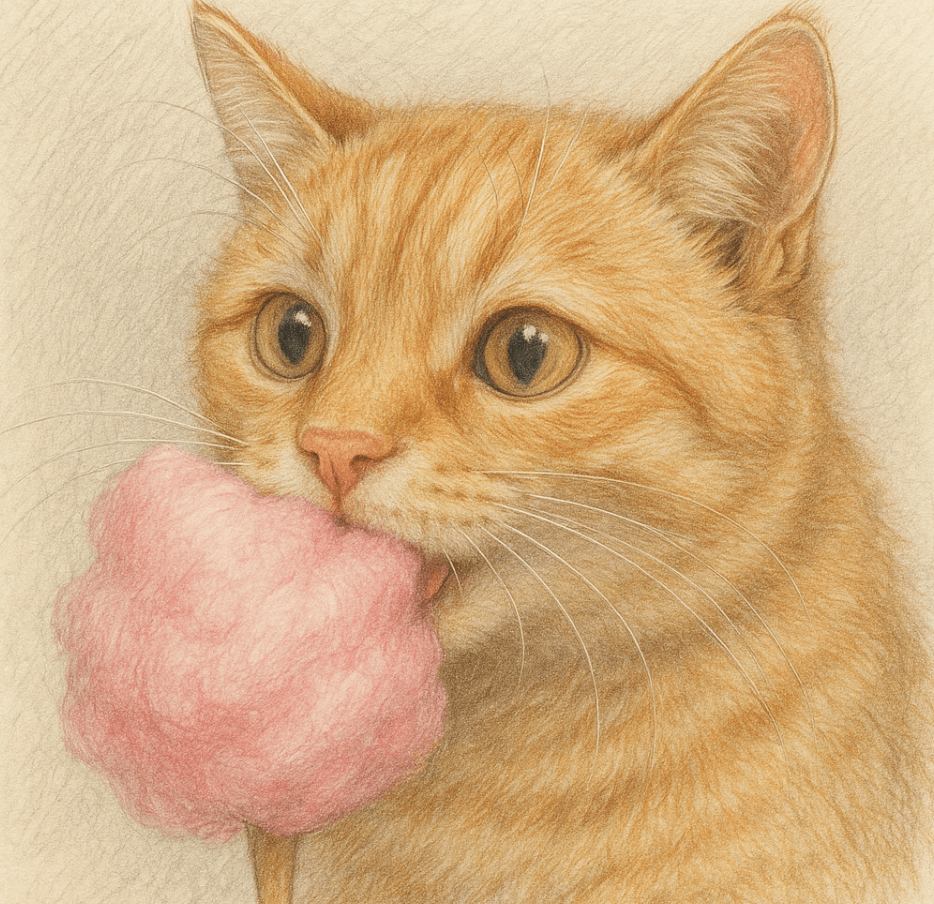
Risks of Feeding Cotton Candy to Cats | Safer Treat Alternatives for Cats |
|---|---|
High sugar content | Small pieces of cooked chicken |
Artificial additives | Plain pumpkin puree (in moderation) |
Choking hazard | Catnip-infused toys or treats |
Digestive upset | Freeze-dried liver or fish snacks |
Lack of nutritional value | Homemade treats with vet-approved recipes |
How to Prevent Your Cat from Eating Cotton Candy
Preventing accidental consumption of cotton candy or similar human foods is key to ensuring your cat’s safety. Here are some practical steps to keep them away from harmful treats.
Store Treats Safely:
Keep cotton candy and other sugary snacks out of reach, preferably in sealed containers or high shelves.Supervise Snack Time:
Avoid leaving your cat unattended in areas where food is being served or stored.Teach Boundaries:
Train your cat to stay away from countertops or tables where food is placed using positive reinforcement techniques.Avoid Sharing Human Food:
Resist the temptation to share your snacks with your cat, as many human foods are unsafe for felines.Provide Cat-Specific Treats:
Offer vet-approved treats designed specifically for cats to satisfy their cravings without risking their health.
By taking these precautions, you can protect your cat from the dangers of inappropriate food choices.
What to Do If Your Cat Eats Cotton Candy
If your cat accidentally ingests cotton candy, staying calm and acting quickly can help minimize potential harm. Follow these steps to ensure their safety.
Assess the Situation:
Determine how much cotton candy your cat consumed and observe their behavior for immediate signs of distress.Offer Fresh Water:
Encourage your cat to drink water to help dilute the sugar and reduce the risk of dehydration.Monitor for Symptoms:
Watch for vomiting, diarrhea, lethargy, or other unusual behaviors over the next 24 hours.Contact Your Veterinarian:
If your cat shows any signs of illness or discomfort, consult your vet immediately for professional advice.Avoid Home Remedies:
Refrain from giving your cat medications or treatments without veterinary guidance, as they may worsen the situation.
Prompt action and professional guidance are essential to address any potential complications.
Common Misconceptions About Cats and Human Food
Many pet owners mistakenly believe that sharing human food with cats is harmless, but this isn’t always true. Here are some common misconceptions about feeding human food to cats.
All Human Food Is Safe in Small Amounts:
Even small portions of inappropriate foods can upset your cat’s stomach or cause long-term health issues.Cats Can Process Sugar Like Humans:
Unlike humans, cats cannot metabolize sugar efficiently, leading to potential health problems.Occasional Treats Won’t Hurt:
Repeated exposure to unhealthy foods can accumulate and negatively impact your cat’s health over time.Cats Enjoy Sweet Foods:
Cats lack the taste receptors for sweetness, so they’re unlikely to enjoy sugary treats as much as humans do.Homemade Treats Are Always Healthy:
Without proper research, homemade treats may still contain ingredients that are harmful to cats.
Understanding these misconceptions helps you make better dietary choices for your feline companion.
Healthier Ways to Reward Your Cat
Instead of offering sugary snacks like cotton candy, there are plenty of healthier ways to reward your cat while keeping them safe and satisfied.
Cooked Meat Scraps:
Plain, unseasoned pieces of chicken, turkey, or beef make excellent protein-rich treats.Cat Grass:
Some cats enjoy nibbling on cat grass, which aids digestion and satisfies their grazing instincts.Freeze-Dried Snacks:
Commercially available freeze-dried liver or fish treats are both nutritious and appealing to cats.Interactive Toys:
Non-food rewards like interactive toys provide mental stimulation and strengthen your bond.Homemade Treats with Vet Approval:
Recipes approved by veterinarians ensure your homemade treats are safe and healthy.
These alternatives allow you to spoil your cat without compromising their health.
Understanding Your Cat’s Dietary Needs
Cats have specific dietary requirements that differ significantly from humans and even dogs. Understanding these needs ensures you provide the best possible care for your feline friend.
Obligate Carnivores:
Cats require a diet rich in animal-based proteins, as they cannot survive on plant-based foods alone.Limited Ability to Process Carbs:
High-carbohydrate foods like cotton candy can disrupt their metabolism and lead to weight gain.Hydration Through Food:
Wet food or moisture-rich treats help meet your cat’s hydration needs, supporting kidney and urinary health.Essential Nutrients:
Taurine, omega-3 fatty acids, and vitamins are critical for maintaining your cat’s overall health and vitality.Avoiding Toxic Foods:
Certain human foods, like chocolate, onions, and grapes, are toxic to cats and must be avoided entirely.
By aligning your cat’s diet with their natural needs, you can promote longevity and well-being.
Frequently Asked Questions About Cats and Cotton Candy
Is cotton candy toxic to cats?
While not highly toxic, cotton candy’s sugar and additives can harm your cat’s health and digestion.
What should I do if my cat eats a small piece?
Monitor your cat closely for any signs of illness and contact your vet if symptoms arise.
Can kittens eat cotton candy?
No, kittens are even more vulnerable to the effects of sugar and artificial ingredients than adult cats.
Are there any safe sugary treats for cats?
Cats don’t require sugary treats; stick to vet-approved snacks designed for feline nutrition.
How can I satisfy my cat’s sweet tooth?
Cats lack a sweet tooth due to their inability to taste sweetness, so focus on protein-rich treats instead.
Prioritizing Your Cat’s Health Over Curiosity
While it might be tempting to share a bite of cotton candy with your furry friend, doing so can have serious consequences for their health. Cats thrive on a balanced diet tailored to their unique nutritional needs, and sugary treats like cotton candy have no place in their meals. By understanding the risks, providing safer alternatives, and taking preventive measures, you can ensure your cat stays happy, healthy, and free from unnecessary dietary hazards. Remember, your cat depends on you to make the best choices for their well-being—so always prioritize their health over curiosity or convenience.
Are Philodendrons Toxic to Cats? Best 7 Expert Tips! Discover if philodendrons are safe for cats, symptoms of poisoning, and expert advice to keep your feline friend healthy around houseplants.
Understanding Cat Strabismus: Best 7 Expert Tips! Discover causes, symptoms, and care tips for cats with strabismus. Learn how to support your feline friend’s unique eye condition effectively.
Cat Dry Skin Treatment: Best 7 Expert Tips! Discover effective remedies and expert advice to soothe your cat’s dry skin, restore their coat’s shine, and ensure lasting comfort with simple, actionable solutions.
Understanding Cat Tooth Resorption: Best 7 Expert Tips! Discover causes, symptoms, and treatment options to protect your cat’s dental health and ensure a pain-free life.

